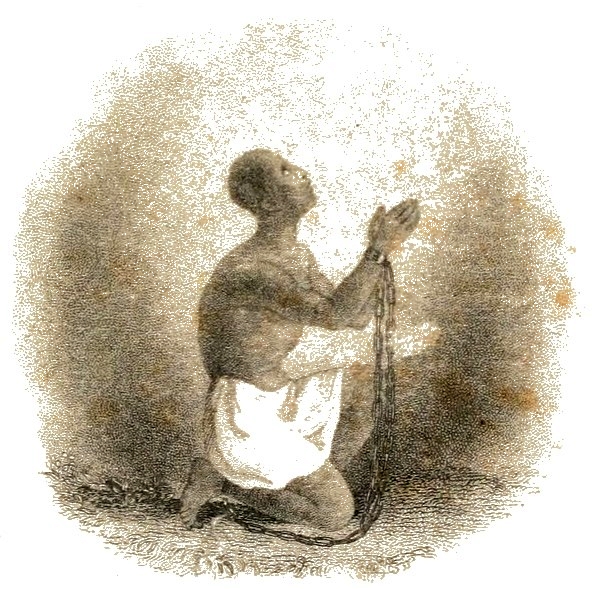Compromises in the Creation of the U.S. Constitution
The United States Constitution was created through a series of compromises among the delegates to the Constitutional Convention of 1787. The delegates, representing 12 of the 13 original states, met in Philadelphia to revise the Articles of Confederation, which had been the governing document of the United States since the American Revolution. However, the delegates soon realized that a more comprehensive overhaul was needed, and they set out to create a new constitution.
There were four significant compromises that were made in the creation of the Constitution:

The Great Compromise: The Great Compromise established a bicameral legislature with proportional representation in the House of Representatives and equal representation in the Senate. It was a significant compromise.
The Three-Fifths Compromise: This compromise addressed the issue of how slaves would be counted in order to determine congressional representation. It was decided that each slave would be treated as three-fifths of a human being.
The Commerce Compromise: This agreement addressed the question of how the new federal government ought to regulate business. It was decided that Congress would have the authority to control domestic and foreign trade, but that it would not have the authority to control the slave trade for at least 20 years.
The Electoral College Compromise: The issue of how the president would be elected was resolved by this arrangement. It was decided that the Electoral College would be used to choose the president instead of the general public.
These compromises were necessary to bridge the gaps between the different interests and perspectives represented at the Constitutional Convention. While only some were satisfied with every aspect of the final document, the Constitution was ultimately ratified by the required number of states and has served as the foundation of the United States federal government for over two centuries. The Constitution’s enduring legacy is a testament to the importance of compromise and negotiation in the democratic process.
The Great Compromise
The attendees of the Constitutional Convention had a fundamental disagreement over how to determine congressional representation, which necessitated the Great Compromise. While the smaller states, like New Jersey, believed that each state should have equal representation, the larger states, like Virginia, thought that representation should be based on population. The entire process of establishing a new federal government was in danger of failing due to this disagreement.

If representation was determined merely by population, the smaller states feared that they would be overwhelmed by the larger states and that their interests would be disregarded. However, the larger states thought that because of their larger populations, they should have more representation in Congress.
Weeks passed with no resolution to this impasse, and it appeared that the conference might end without a deal. A solution wasn’t discovered until Connecticut’s Roger Sherman put forth the Great Compromise. A bicameral legislature was established by the Great Compromise, with population-based representation in the House of Representatives and equal representation in the Senate.
To ensure that all states had a voice in the federal government and to strike a balance between the power of the larger and smaller states, the Great Compromise was required. The adoption of the United States Constitution and the existence of the federal government as we know it today are unlikely to have occurred without this agreement.
The United States Constitution was adopted as a result of the Great Compromise, which addressed a crucial issue during the Constitutional Convention. All states had an equal voice in Congress because it established a structure for the legislative branch that balanced the interests of larger and smaller states. This agreement set the groundwork for the federal government’s operation and contributed to establishing the current power relations between the states and the federal government.
The Three-Fifths Compromise
The Three-Fifths Compromise dealt with how slaves would be counted in order to determine congressional representation. According to the agreement, each slave would be treated as being three-fifths of a person for the purposes of determining who would represent them in the House of Representatives and how much of their income would be subject to direct federal taxation.
A debate over how to count slaves led to this settlement between the Northern and Southern states. While the Southern states sought to count them to increase their representation in Congress, the Northern states thought they should not be counted because they did not have the right to vote.

The Three-Fifths Compromise ultimately met the needs of both parties. Based on their enslaved population, the Southern states received additional representation in the House of Representatives, but the Northern states restrained the Southern states from acquiring excessive influence by only considering enslaved individuals as three-fifths of a person.
The Three-Fifths Compromise, it should be noted, was a morally dubious compromise that mirrored the firmly established slavery system in the United States at the time. Slavery and involuntary servitude were later outlawed in the United States in 1865 by the 13th Amendment to the Constitution.
The Commerce Compromise
The Commerce Compromise focused on how the new federal government should regulate business. In accordance with the terms of the compromise, Congress would have the authority to control domestic and international trade, but not the slave trade for at least 20 years.
It was controversial to regulate commerce because some states were worried that a central government with this authority might unjustly favor some states over others. To avoid trade conflicts and guarantee the efficient operation of the national economy, other states, on the other hand, recognized the necessity for a central authority to control commerce.
Regulating the slave trade was a hotly debated topic. While some Southern states wanted to keep the slave trade going indefinitely, several Northern states wanted to end it immediately. The compromise was viewed as a concession to the Southern states, permitting the continuation of the slave trade for a brief time.
The interests of several states and regions had to be carefully balanced for the Commerce Compromise to pass. It was a compromise that addressed the worries of states that feared the abuse of federal power while still allowing for the establishment of a powerful central government with the ability to regulate commerce. But because it permitted the continuation of the slave trade for a brief time, the agreement also revealed how deeply ingrained slavery was at the time in the United States. After reconsidering the agreement, the United States Congress ended the slave trade in 1808.
The Electoral College Compromise
The Electoral College Compromise addressed the process of choosing the president of the United States. The agreement stipulated that an Electoral College made up of electors chosen by each state would elect the President. Each state would have an equal number of electors as senators and representatives in the House of Representatives.
It was a difficult topic since some Convention delegates supported direct people election while others supported election by the Congress. However, a compromise between these two positions—the Electoral College Compromise—was ultimately reached.
The compromise provided a number of advantages. First, it permitted the election of the president by a body of people who were not necessarily affiliated with any political party or faction. This was seen to be a way to counteract the influence of factions and guarantee that the president would be chosen on the basis of ability rather than political ties. Second, it guaranteed every state at least three electors regardless of population, giving smaller states a stronger role in the presidential election. Thirdly, allowing both the states and the federal government to participate in the presidential election helped strike a balance between their interests.
The Electoral College Compromise, however, has been the focus of ongoing discussion and criticism in the U.S. The popular vote winner might not win the presidency, according to critics, as has happened multiple times in American history. Others claim that the agreement violates the idea of one person, one vote by giving smaller governments excessive authority. The Electoral College is still in use in the United States today despite these objections.

Conclusion
The Constitutional Convention required compromises to reconcile the diverse interests and viewpoints presented. Although not all parties were fully content with the outcome, the Constitution was ratified by the necessary number of states and has since formed the bedrock of the U.S. federal government for more than two hundred years. The Constitution’s long-standing influence is evidence of the crucial role that concession and dialogue play in democratic decision-making.

